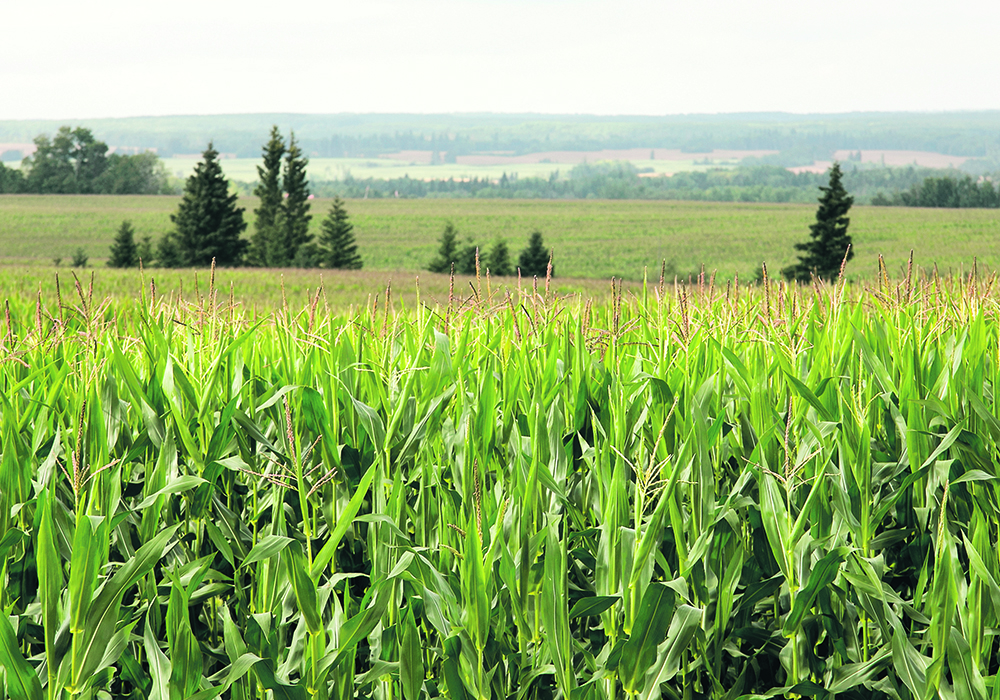Department says U.S. farmers planted more corn than first thought, while the soybean seeding estimate takes a big hit
Analysts are still recovering from a jaw-dropping U.S. Department of Agriculture June acreage report.
“Wow, we picked up a lot of corn acres and lost a ton of soybean acres,” Arlan Suderman, chief commodities economist with StoneX, said in a webinar.
The USDA estimates that U.S. farmers planted 94.1 million acres of corn, up 2.1 million acres from the March planting intentions report.
Read Also

Canada-U.S. trade relationship called complex
Trade issues existed long before U.S. president Donald Trump and his on-again, off-again tariffs came along, said panelists at a policy summit last month.
Soybean area is pegged at 83.5 million acres, down four million acres from the March report.
Both numbers were well off the trade’s pre-report expectations of 91.85 million acres of corn and 87.67 million acres of soybeans.
“We did not see this coming,” said Suderman.
Reuters columnist Karen Braun was also taken aback.
“Immediate report reaction: ummm, what?” she tweeted.
“Honestly I can’t immediately explain this, I’m confused about what just happened. Numbers were so surprising that I’m half waiting for USDA to come out with a correction?”
The USDA’s corn number was higher than the highest trade estimate of 93 million acres and its soybean number was well below the lowest trade estimate of 87 million acres.
“You’d think if we’re going to lose four million acres of soybeans, we would see significant signs of that,” said Suderman.
“We did not.”
The November soybean futures contract jumped US$74.25 per tonne on June 30, the day the report was released, while the December corn futures contract fell $33.75.
Suderman is skeptical of the USDA’s findings. It doesn’t make sense to him that total combined corn and soybean acres dropped.
“In a year where planting went well, you think we decreased acreage?” he said.
But those are the numbers that the market will be trading, so that is what he plugged into his supply and demand charts.
Suderman is using a national average corn yield of 177 bushels per acre, which is lower than the USDA’s trendline yield of 181.5.
The corn crop condition index score for the week ending June 25 is the lowest since 1988.
But even with the lower yield number, he is forecasting a bloated 2.6 billion bu. of corn ending stocks for 2023-24, and a bearish 18.3 percent stocks-to-use ratio.
That would compute to a national average farm cash price of $3.85 per bu., down from this year’s $6.56.
Suderman dropped his national average soybean yield by one bu. per acre to 51. That would result in a paltry 189 million bu. of carryout, or a 4.4 percent stocks-to-use ratio.
That would equate to a national average soybean farm cash price of $14.50, which would be nearly identical to this year’s $14.35.
“What if we drop the yield to 47.8 (bu. per acre) because it turns hot and dry?” he said.
“In that case we run out of beans.”
It has been hot and dry in the U.S. Midwest so far this year, but forecasters agree that it should turn wet and mild in July for most of the region.
However, Suderman worries that North Dakota, South Dakota and Minnesota may not receive adequate rainfall, and he noted that the forecast for the Midwest is reliant on thunderstorm activity, which is spotty.
















